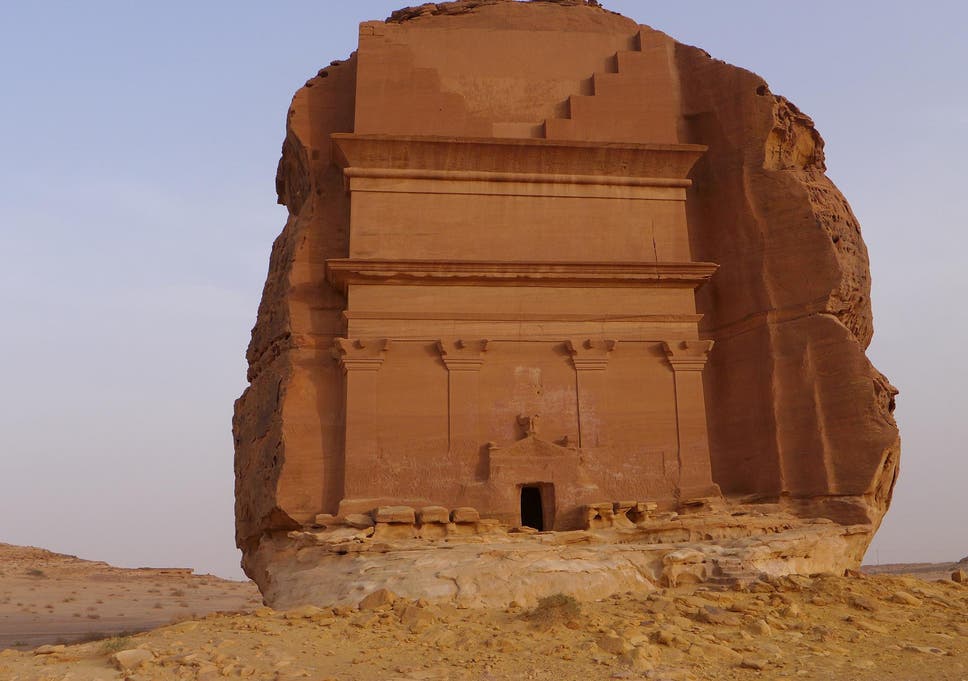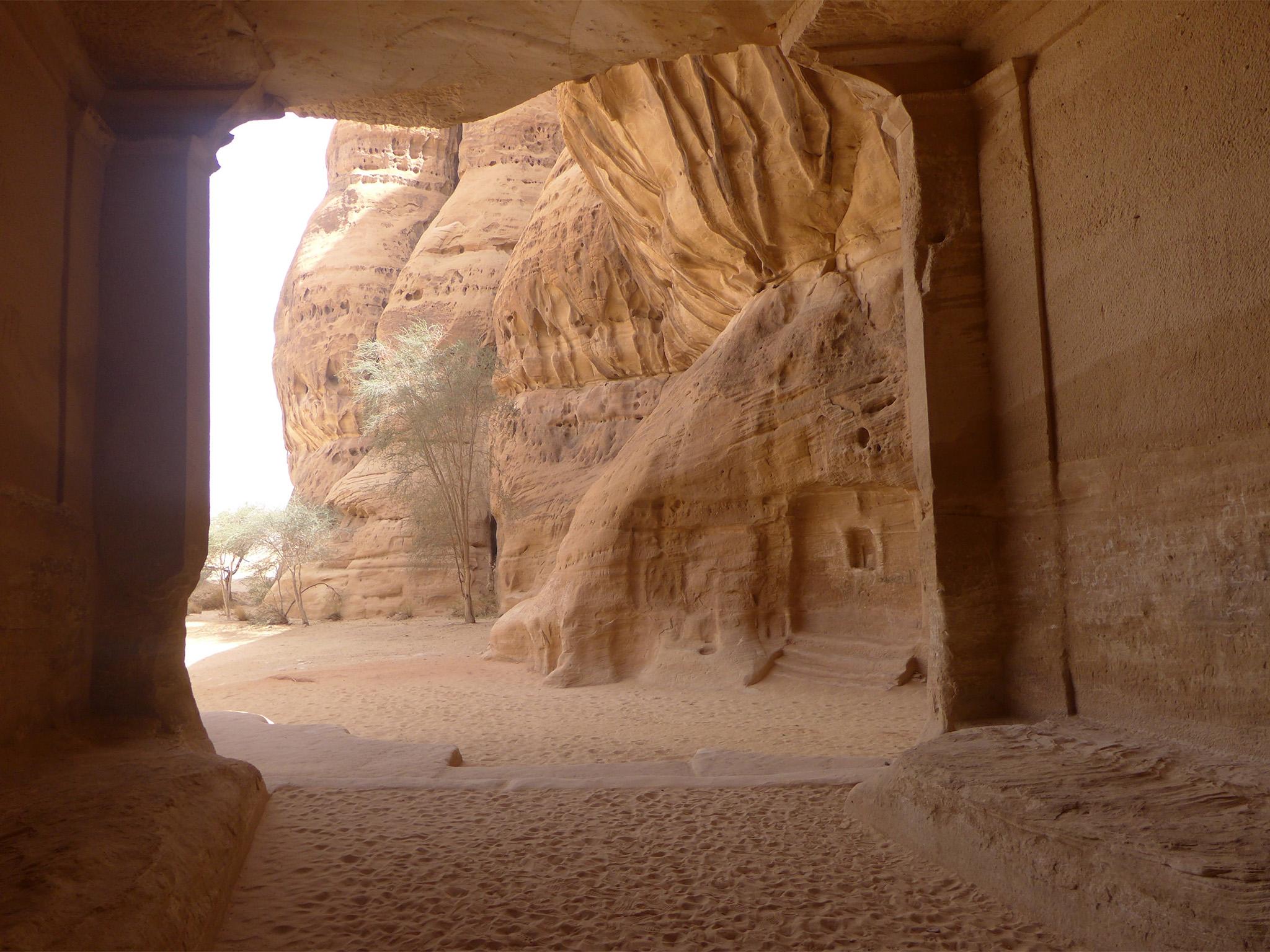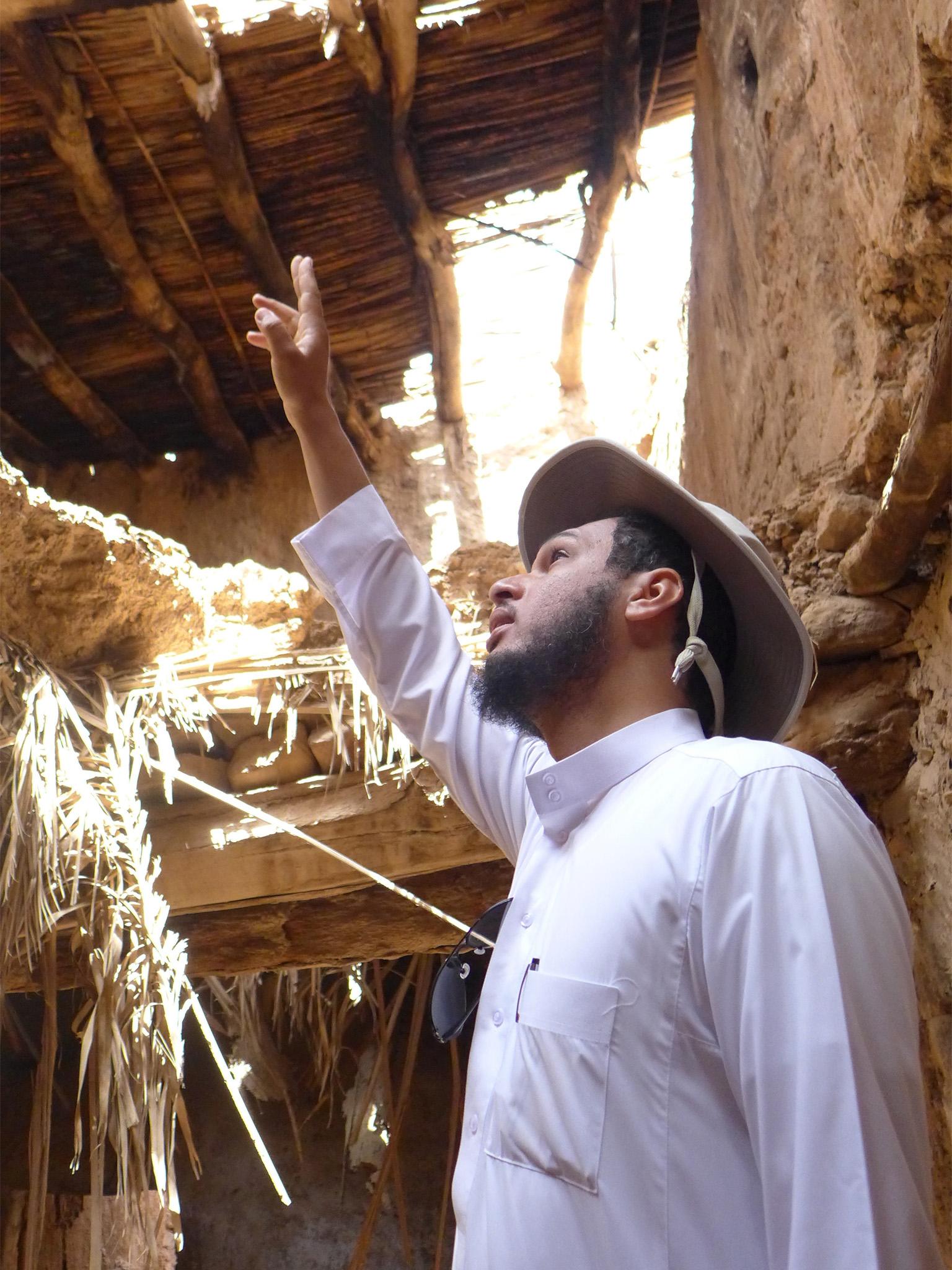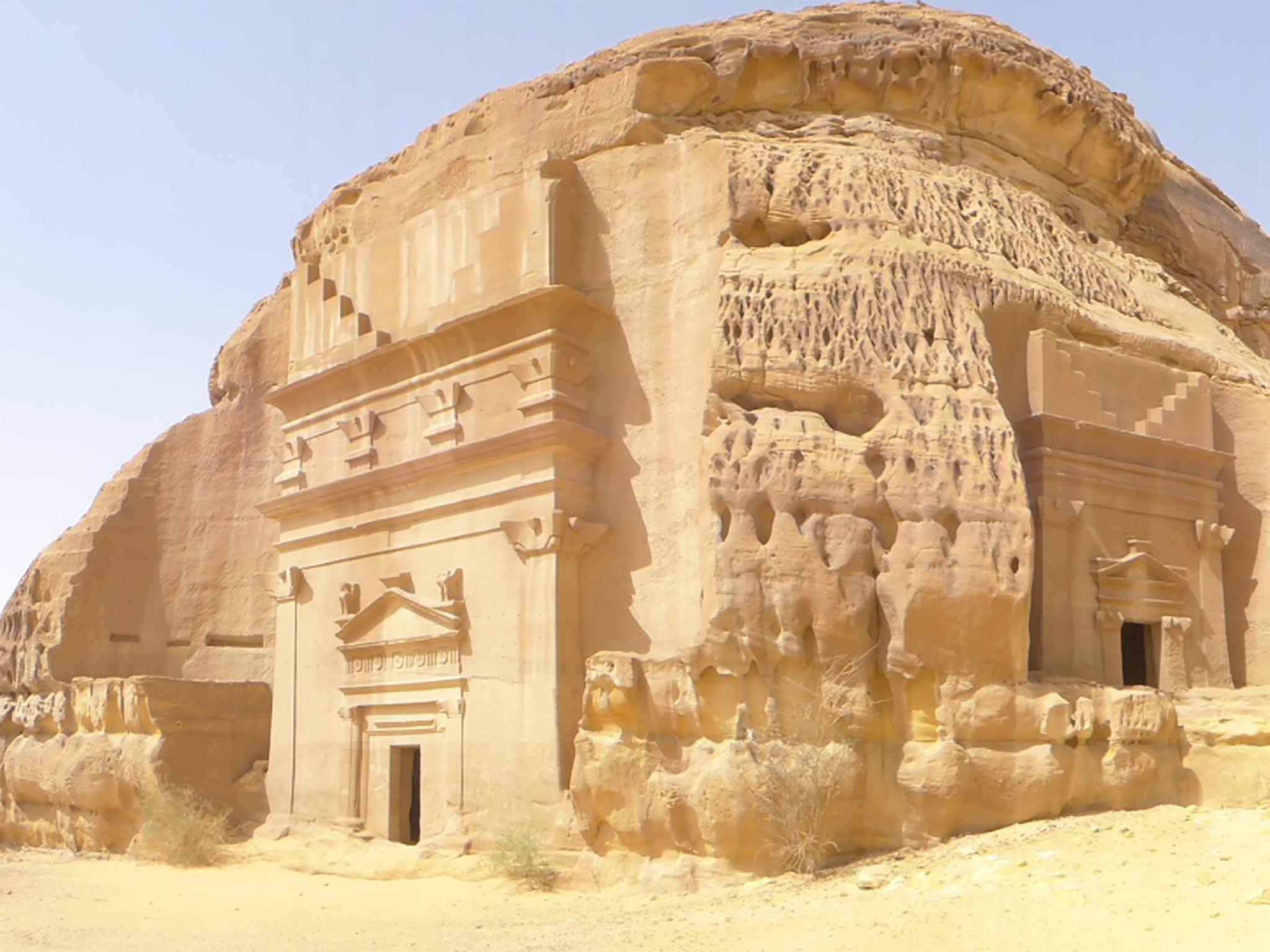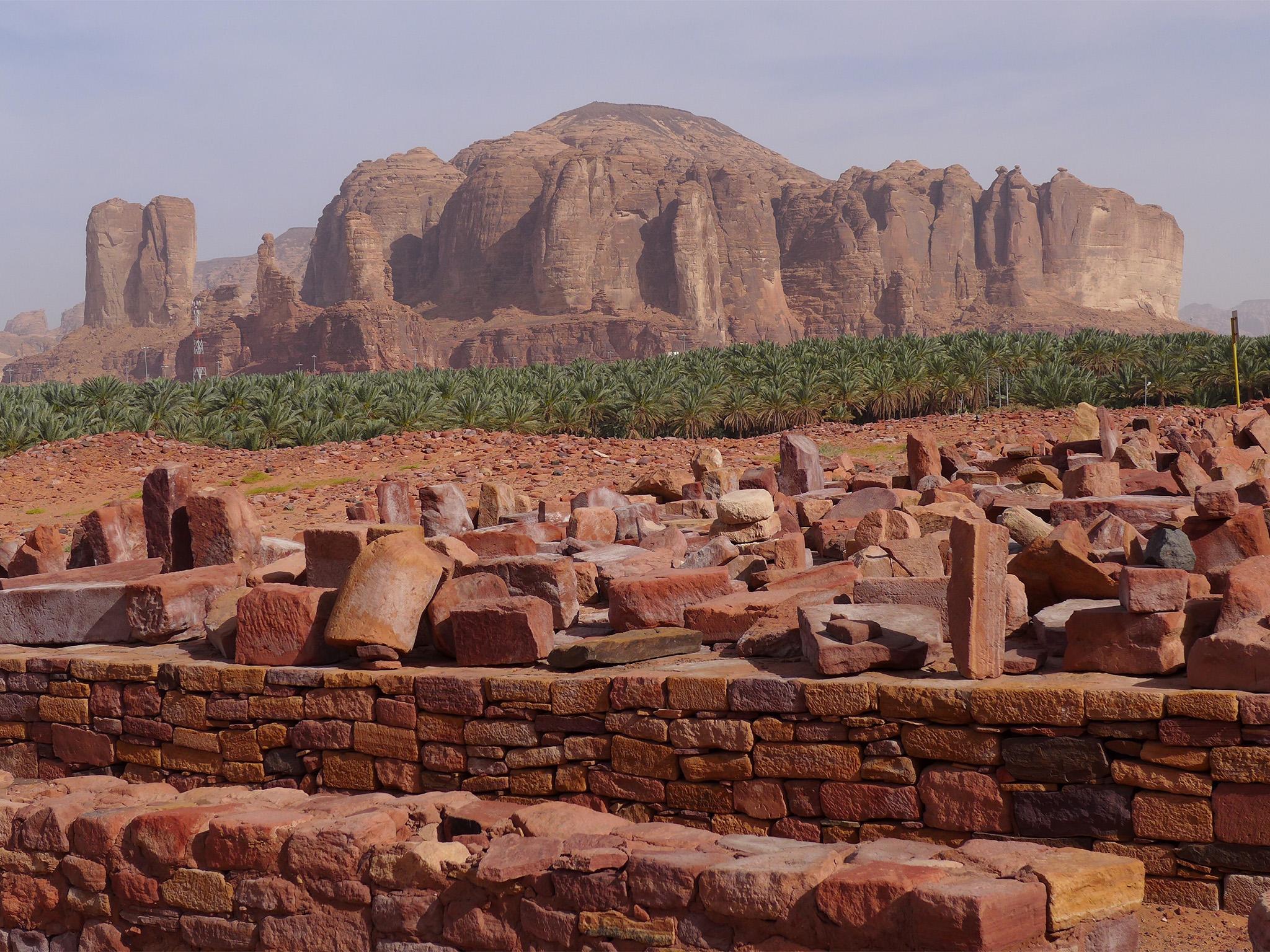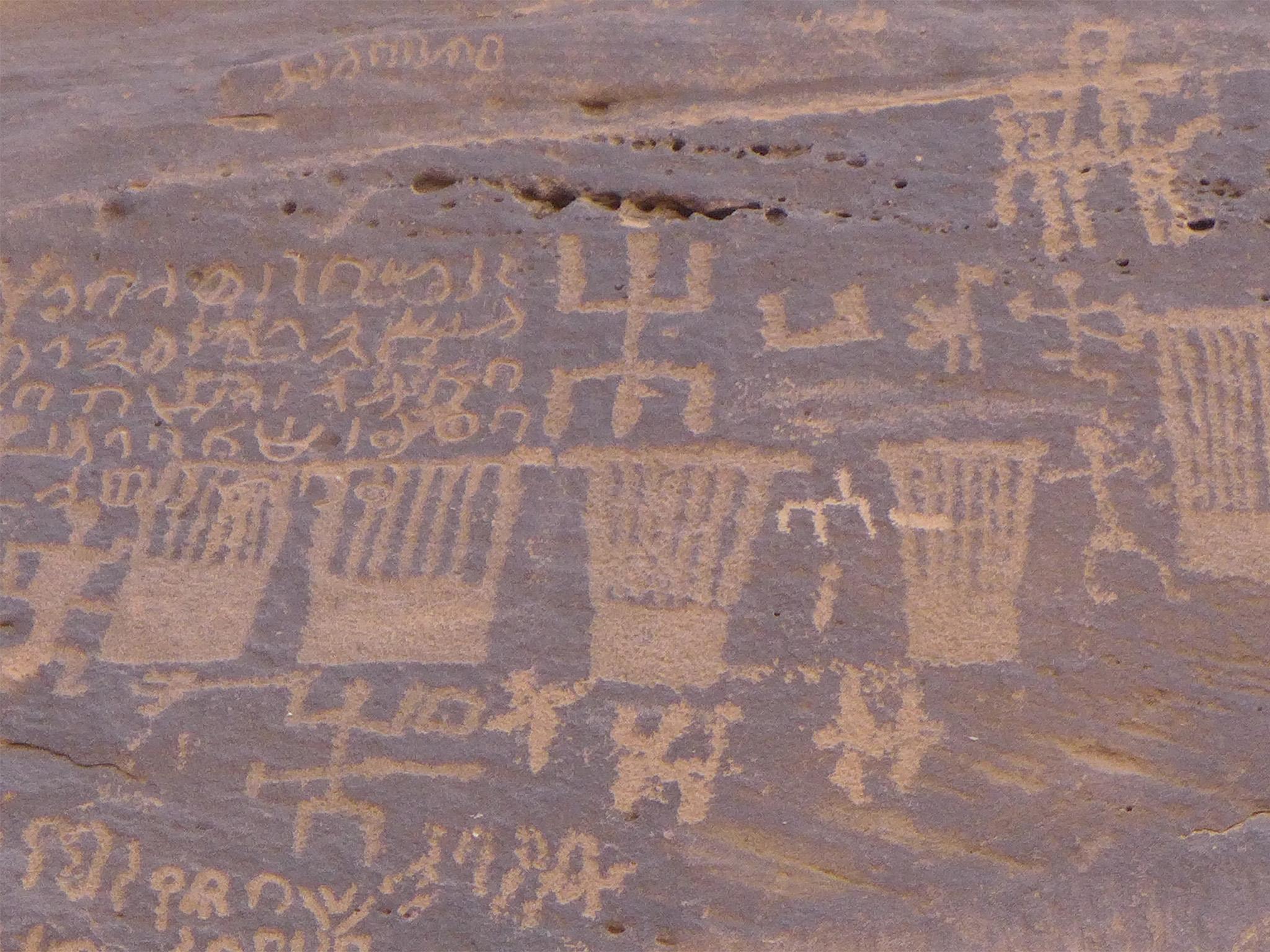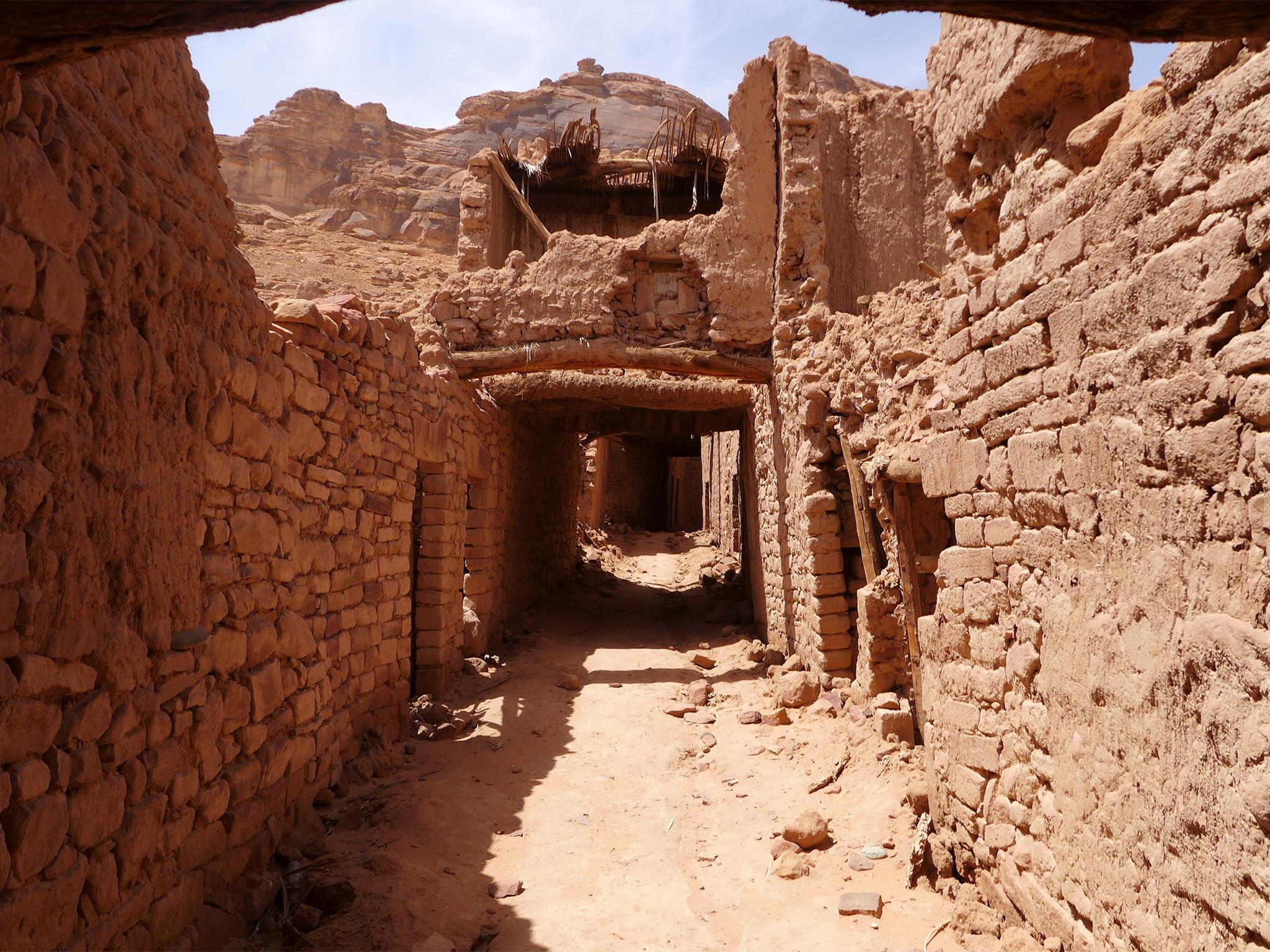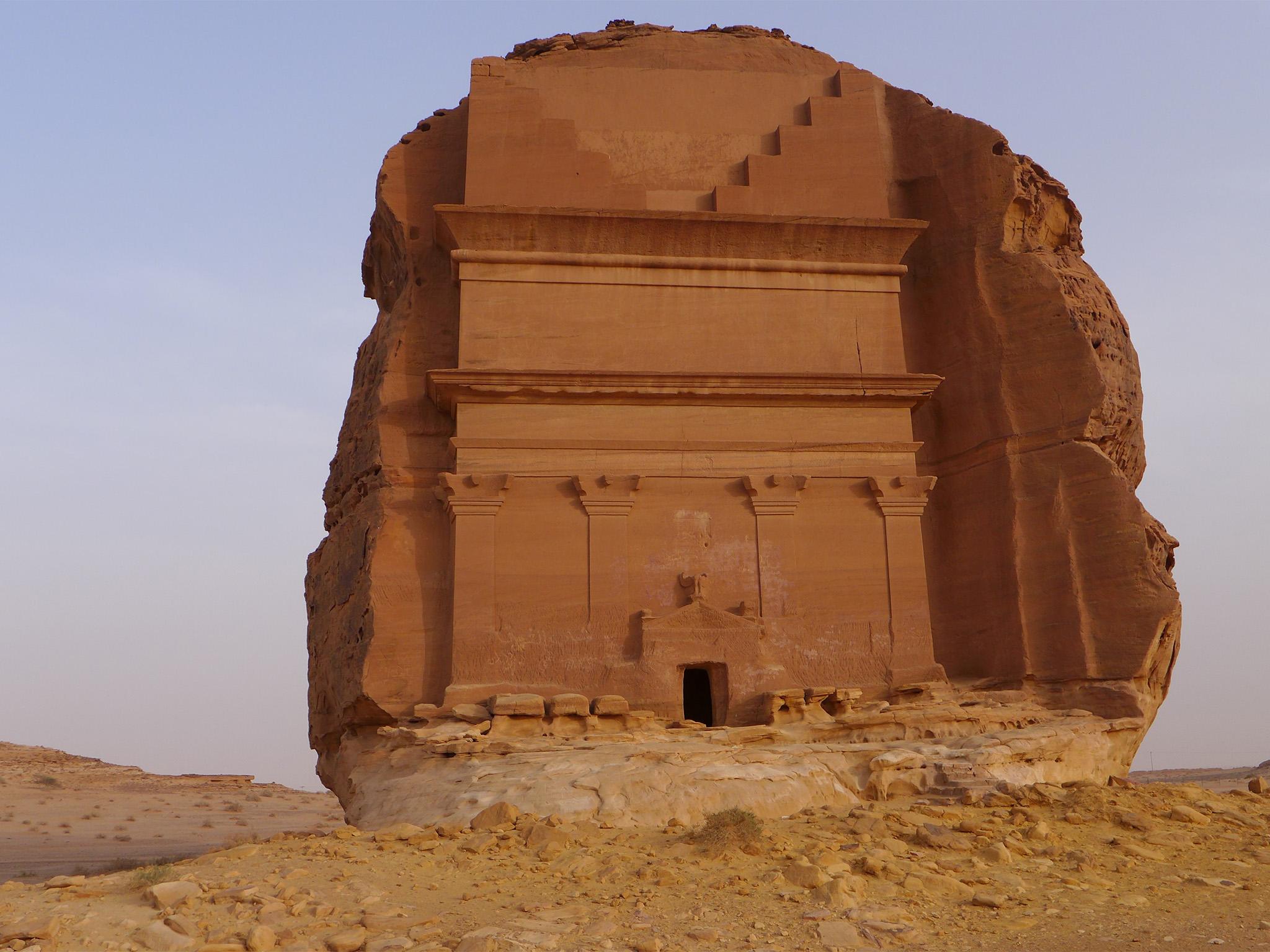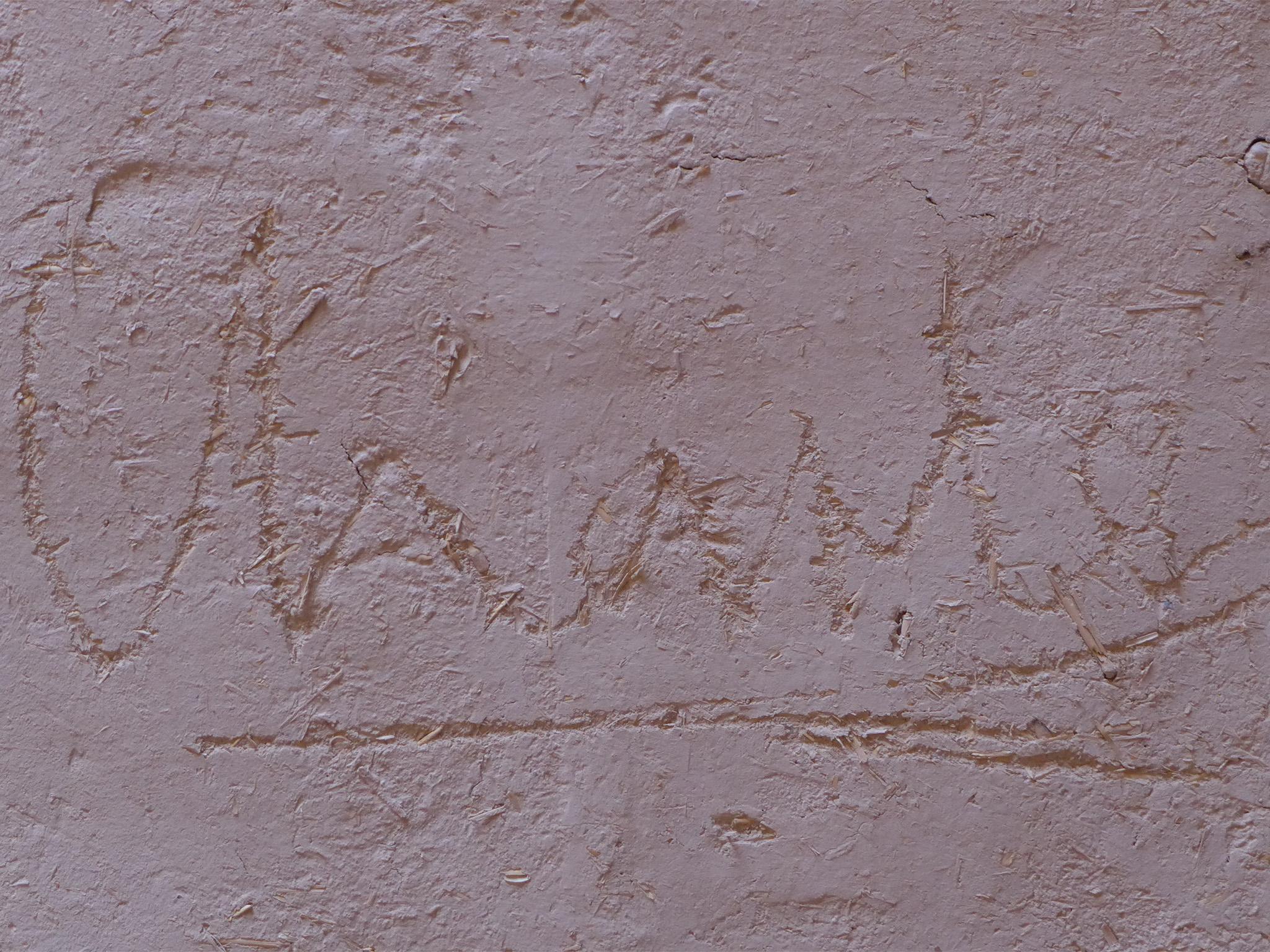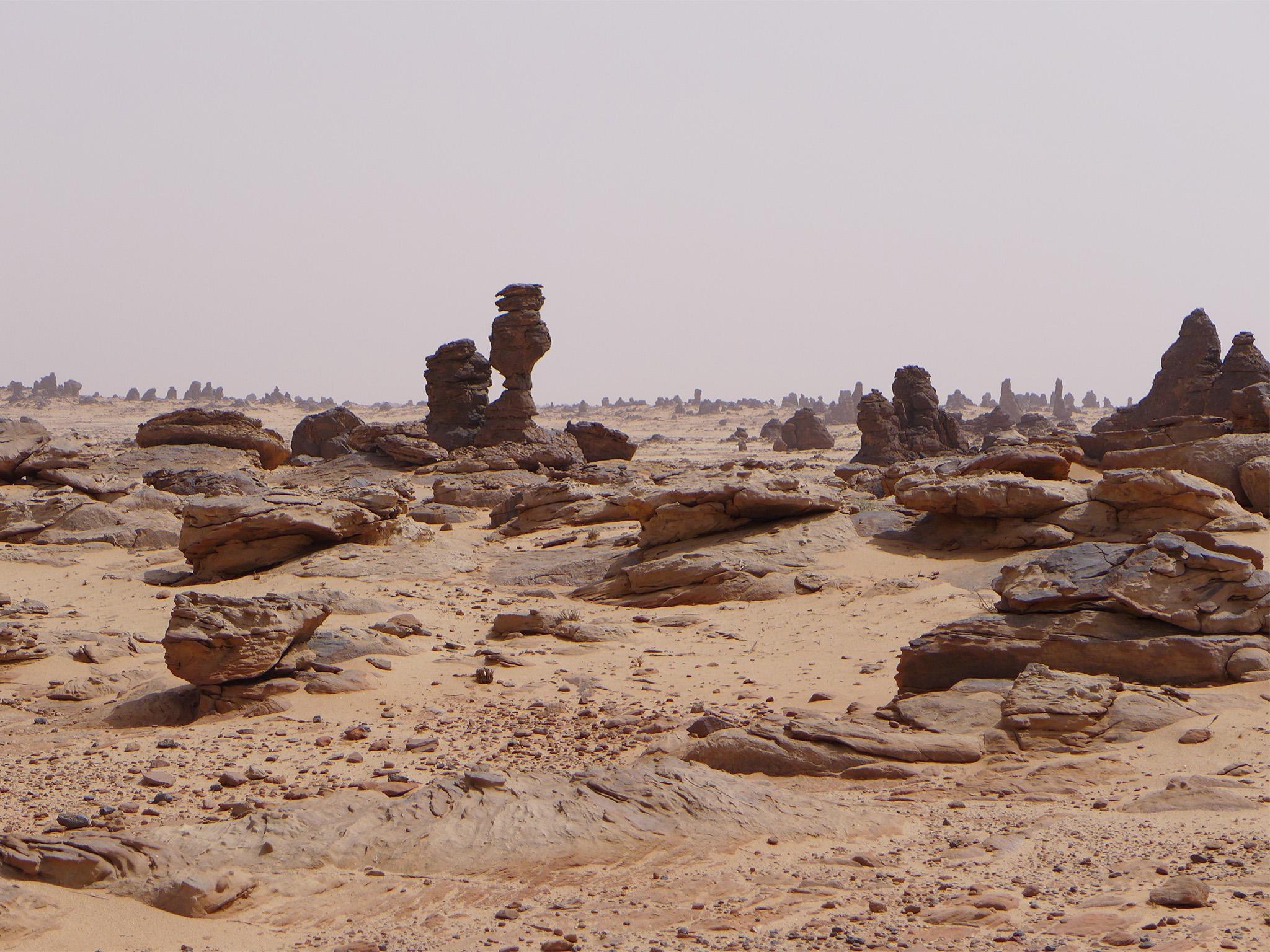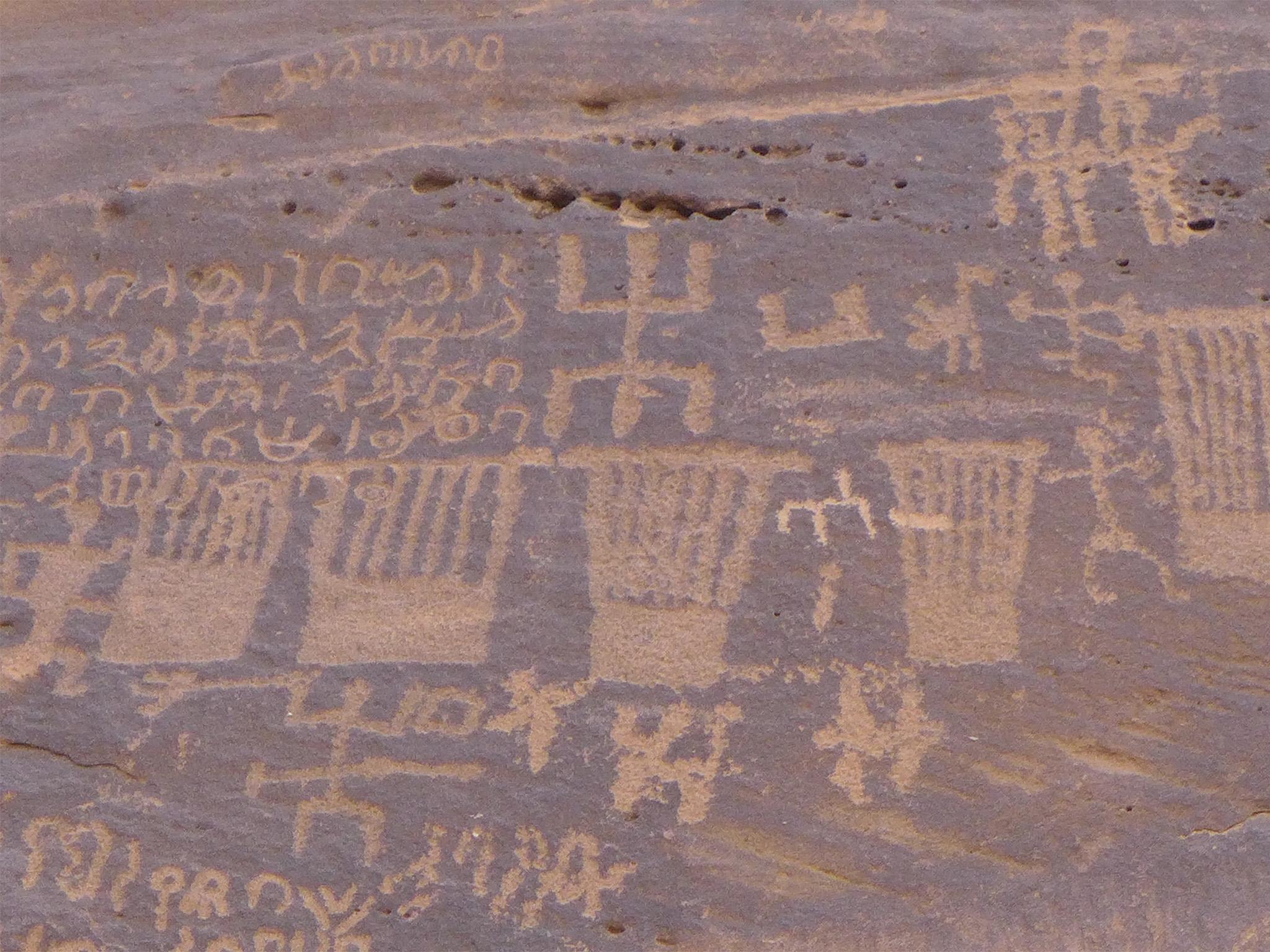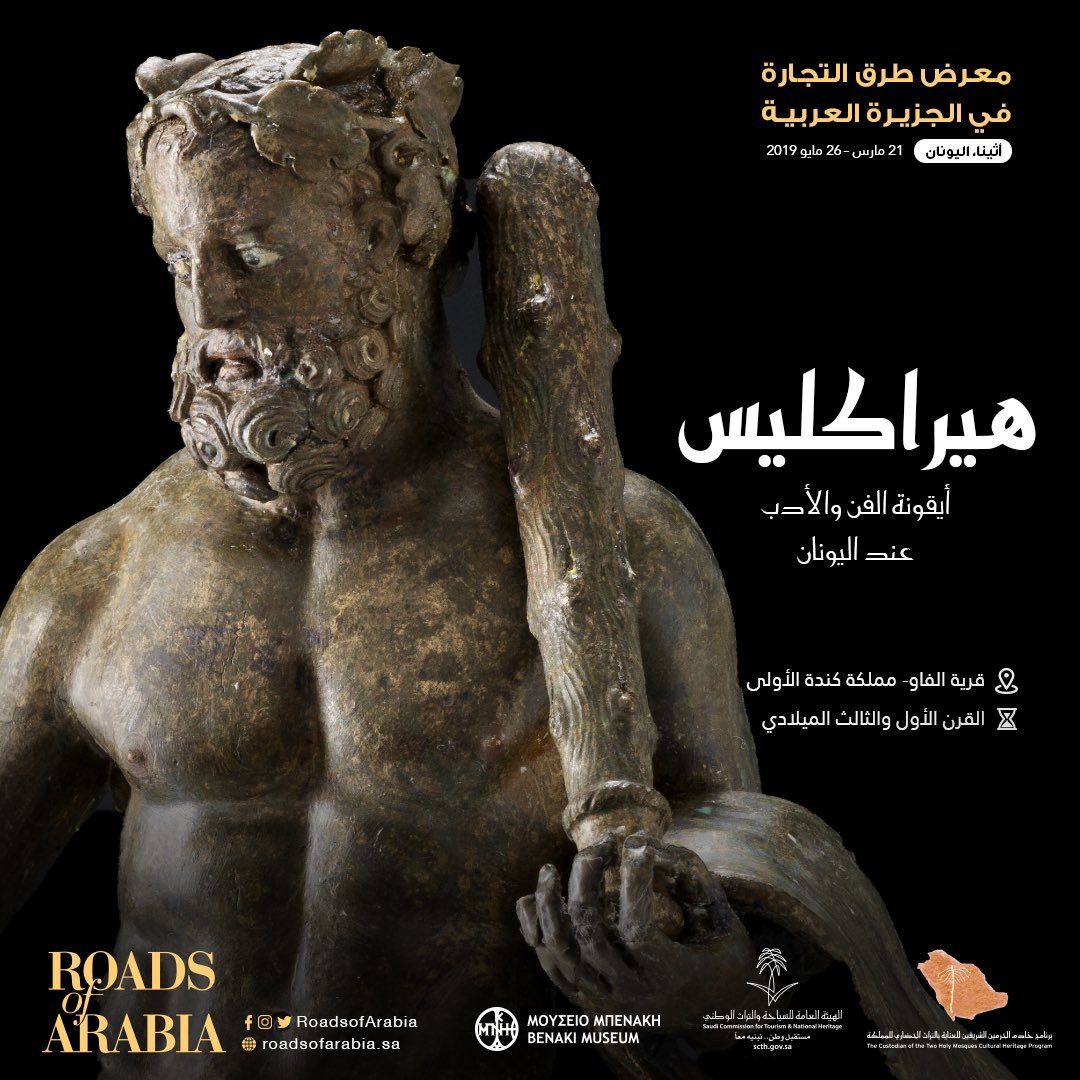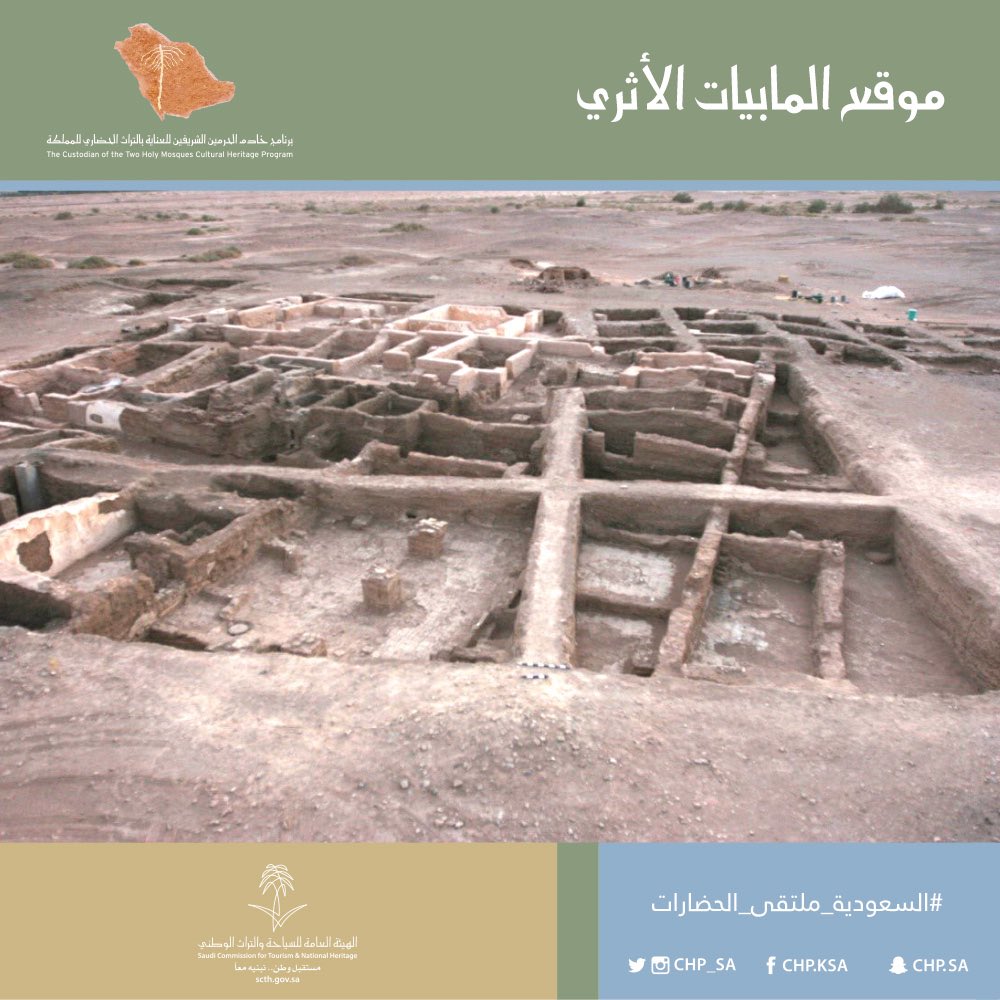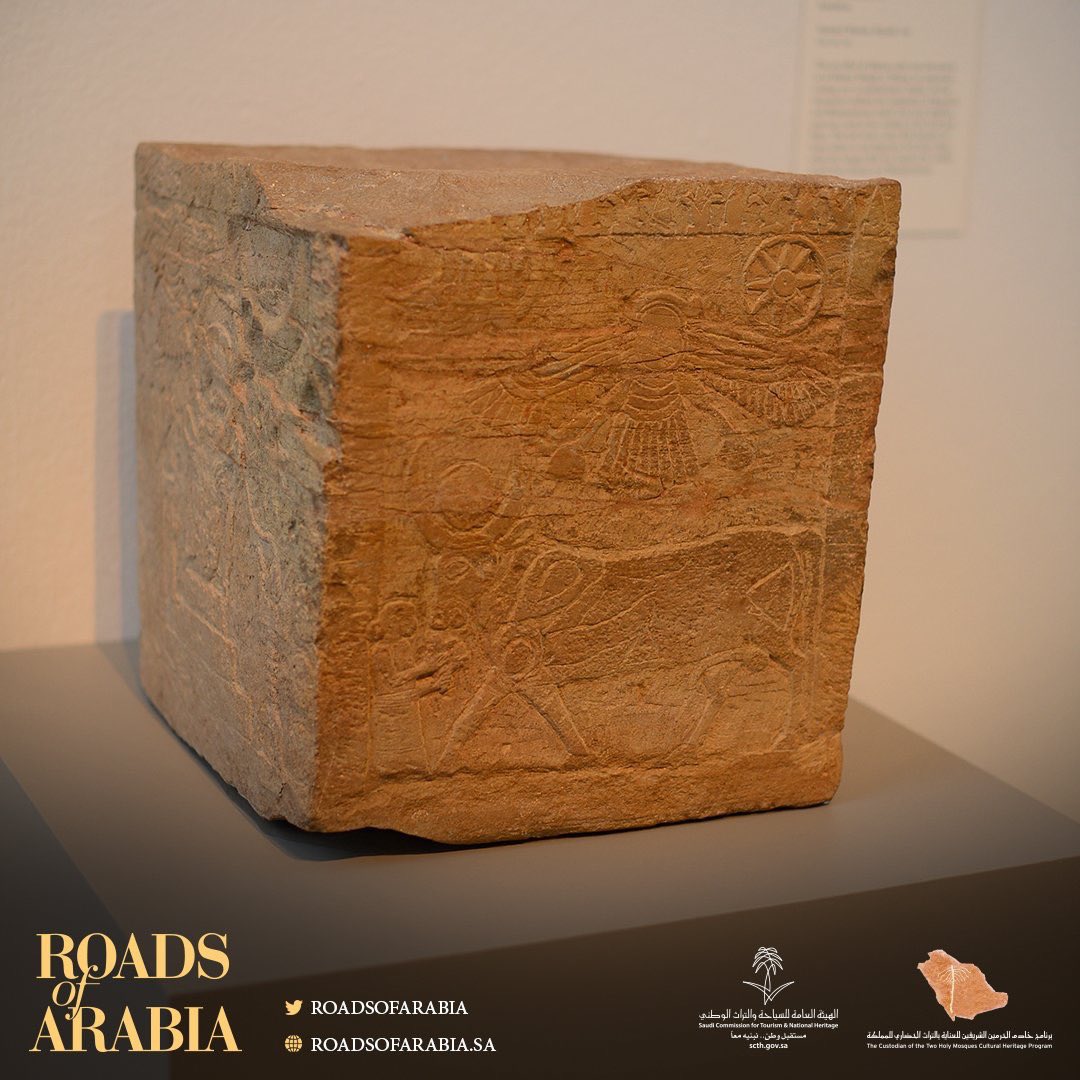ArabianEmpires&Caliphates
SENIOR MEMBER

- Joined
- Aug 2, 2016
- Messages
- 2,377
- Reaction score
- 4
- Country
- Location
French article. Just use Google Translate.
SAVOIRS
CARBONE 14, LE MAGAZINE DE L'ARCHÉOLOGIE par Vincent Charpentier
LE DIMANCHE DE 20H30 À 21H00
Al-'Ulâ arrachée des sables ?
13/10/2019
Qui pouvait, voici peu, se targuer de connaître Al-'Ulâ, vallée au cœur de l’Arabie déserte, désormais plus important projet archéologique au monde, et aujourd’hui, objet d’une exposition phare à l’Institut du Monde Arabe ?
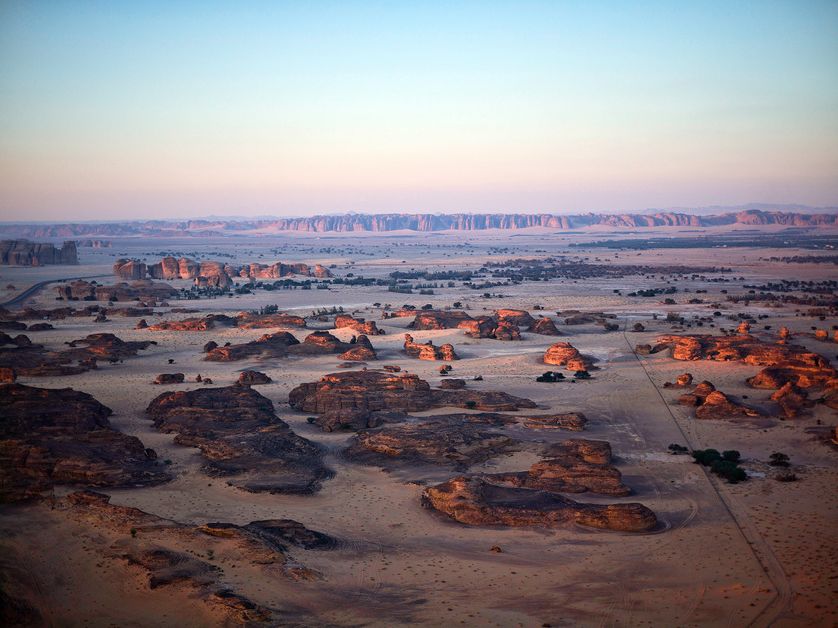
Vue générale de la vallée d'Al-'Ulâ (Arabie Saoudite)• Crédits : © Royal Commision for Al-'Ulâ
Entre Médine et Tabuk, à quelques 150 kilomètres de la mer Rouge, Al-'Ulâ, vallée aride du Hejaz parsemée de grès roses, s’avère bien plus qu’un vaste projet archéologique. Elle est, par décret royal, le fleuron de la politique culturelle de l’Arabie saoudite, le fer de lance de l’ouverture du pays au tourisme, axe majeur du programme de réforme du Prince héritier Mohammed Ben Salmane, ouvrant le royaume à une ère post-pétrolière… En témoigne la délivrance des tous premiers visas touristiques depuis fin septembre…
Désormais, une demi-douzaine d’équipes de recherches travaille dans le cadre de l’agence française pour le développement d’Al-'Ulâ, partenariat franco-saoudien signé par Son Altesse Royale le Prince héritier et le président de la République.
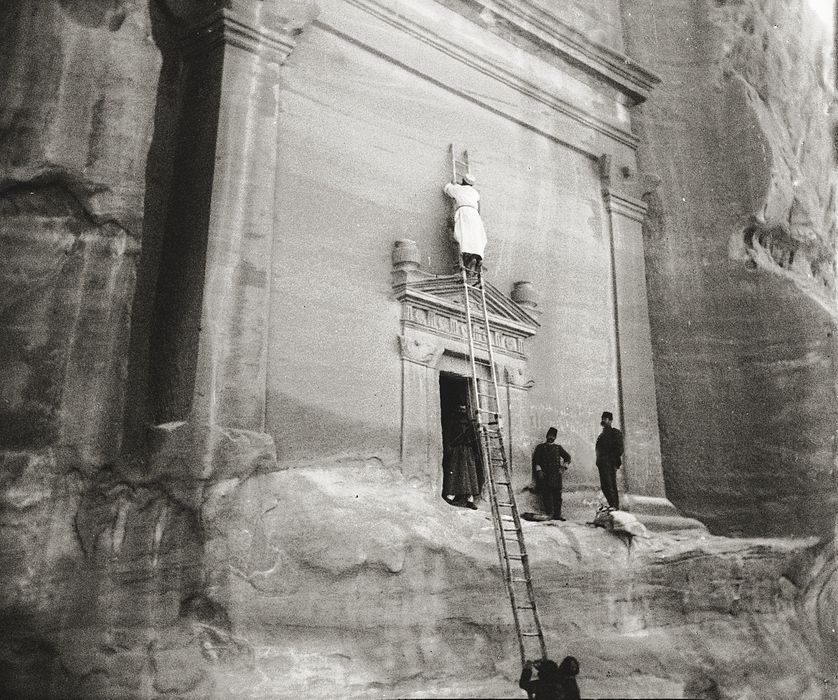
Le père Raphaël Savignac réalisant l’estampage d’une inscription gravée sur un tombeau nabatéen, Hégra.• Crédits : © Antonin Jaussen (1871-1962) / 1907 Jérusalem, école biblique et archéologique
Mais remontons le temps ! Dans les pas de l’expédition des pères Jaussen et Savignac qui y œuvrèrent de 1907 à 1910, Laïla Nehmé, archéologue et épigraphiste, directrice de recherche au CNRS, co-directrice -depuis 2002 - de la mission archéologique franco-saoudienne de Madâ'in Sâlih, et commissaire de l’exposition « Al-'Ulâ, merveille d’Arabie » à l’Institut du Monde Arabe, fait aujourd’hui figure de grande pionnière de l’archéologie : l’archéologie nabatéenne…

Nécropoles nabatéennes du Jabal al-Khraymât- Hégra (Vallée d'Al-'Ulâ)• Crédits : © Yann Arthus-Bertrand, Hope Production
Les nabatéens d’Hégra (Madâ'in Sâlih)
Ce que tout le monde connait d’Al-'Ulâ, ce sont assurément les tombeaux monumentaux des élites nabatéennes, du moins leur façade sculptée dans la roche sur le site de Madâ'in Sâlih, véritable Pétra des sables…
La mission franco-saoudienne y a fouillé d’étonnantes tombes, contenant parfois ce qui peut s’apparenter à des momies. Les archéologues ont ainsi pu reconstituer les pratiques funéraires, et traduire les inscriptions gravées sur les mausolées.

Inscriptions nabatéennes sur un rocher• Crédits : © Jabal Ikmah
Issus de Pétra, les nabatéens s’y implantent au Ier siècle avant notre ère commune. Ces nabatéens s’avèrent être au centre du système caravanier de la péninsule arabique, système qui relie l’Arabie Heureuse et les royaumes sudarabiques (actuels Yémen et Dhofar) à l’Arabie Pétrée. La vallée d’Al-'Ulâ et notamment le site d’Hégra (Madâ'in Sâlih) sont donc le carrefour de ces pistes caravanières qui acheminaient les aromates, l’encens et la myrrhe.
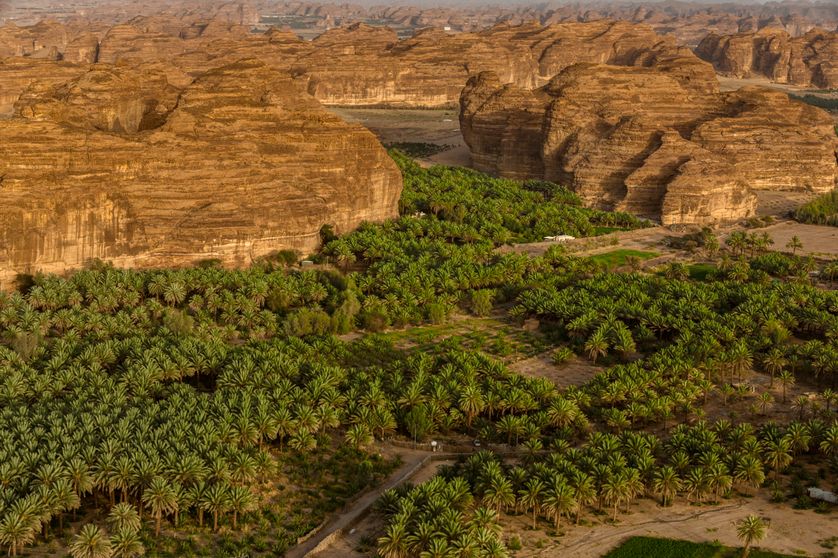
Oasis d’Al-'Ulâ • Crédits : © Yann Arthus-Bertrand / Hope Production (2019)
De l’écriture nabatéenne à… l’écriture arabe
Les recherches sur le passé d’Al-'Ulâ ne se limitent pas à l’archéologie. Le volet épigraphique s’avère capital pour découvrir l’onomastique, l’étymologie des noms propres des habitants. Plus de sept mille inscriptions nabatéennes ont été gravées, le plus souvent sur des rochers. La plus récente de celles-ci provient justement d’Hégra et est datée de 356 de notre ère. C’est à partir de cette écriture nabatéenne, et non pas syriaque comme on pouvait le penser, que l’écriture arabe se développa...
>>> Page de présentation de l'exposition Al-'Ulâ, merveille d'Arabie (Institut du Monde Arabe)
AL-'ULÂ THE PLACE OF HERITAGE
par Yann Arthus-Bertrand
Full article in the link below:
Article de Laila Nehmé sur les fouilles dans la région d'Hégra (2013)
https://www.franceculture.fr/emissi...ne-de-larcheologie/al-ula-arrachee-des-sables
Related thread:
https://defence.pk/pdf/threads/is-saudi-arabia-the-next-big-heritage-tourism-destination.564522/
SAVOIRS
CARBONE 14, LE MAGAZINE DE L'ARCHÉOLOGIE par Vincent Charpentier
LE DIMANCHE DE 20H30 À 21H00
Al-'Ulâ arrachée des sables ?
13/10/2019
Qui pouvait, voici peu, se targuer de connaître Al-'Ulâ, vallée au cœur de l’Arabie déserte, désormais plus important projet archéologique au monde, et aujourd’hui, objet d’une exposition phare à l’Institut du Monde Arabe ?

Vue générale de la vallée d'Al-'Ulâ (Arabie Saoudite)• Crédits : © Royal Commision for Al-'Ulâ
Entre Médine et Tabuk, à quelques 150 kilomètres de la mer Rouge, Al-'Ulâ, vallée aride du Hejaz parsemée de grès roses, s’avère bien plus qu’un vaste projet archéologique. Elle est, par décret royal, le fleuron de la politique culturelle de l’Arabie saoudite, le fer de lance de l’ouverture du pays au tourisme, axe majeur du programme de réforme du Prince héritier Mohammed Ben Salmane, ouvrant le royaume à une ère post-pétrolière… En témoigne la délivrance des tous premiers visas touristiques depuis fin septembre…
Désormais, une demi-douzaine d’équipes de recherches travaille dans le cadre de l’agence française pour le développement d’Al-'Ulâ, partenariat franco-saoudien signé par Son Altesse Royale le Prince héritier et le président de la République.

Le père Raphaël Savignac réalisant l’estampage d’une inscription gravée sur un tombeau nabatéen, Hégra.• Crédits : © Antonin Jaussen (1871-1962) / 1907 Jérusalem, école biblique et archéologique
Mais remontons le temps ! Dans les pas de l’expédition des pères Jaussen et Savignac qui y œuvrèrent de 1907 à 1910, Laïla Nehmé, archéologue et épigraphiste, directrice de recherche au CNRS, co-directrice -depuis 2002 - de la mission archéologique franco-saoudienne de Madâ'in Sâlih, et commissaire de l’exposition « Al-'Ulâ, merveille d’Arabie » à l’Institut du Monde Arabe, fait aujourd’hui figure de grande pionnière de l’archéologie : l’archéologie nabatéenne…

Nécropoles nabatéennes du Jabal al-Khraymât- Hégra (Vallée d'Al-'Ulâ)• Crédits : © Yann Arthus-Bertrand, Hope Production
Les nabatéens d’Hégra (Madâ'in Sâlih)
Ce que tout le monde connait d’Al-'Ulâ, ce sont assurément les tombeaux monumentaux des élites nabatéennes, du moins leur façade sculptée dans la roche sur le site de Madâ'in Sâlih, véritable Pétra des sables…
La mission franco-saoudienne y a fouillé d’étonnantes tombes, contenant parfois ce qui peut s’apparenter à des momies. Les archéologues ont ainsi pu reconstituer les pratiques funéraires, et traduire les inscriptions gravées sur les mausolées.

Inscriptions nabatéennes sur un rocher• Crédits : © Jabal Ikmah
Issus de Pétra, les nabatéens s’y implantent au Ier siècle avant notre ère commune. Ces nabatéens s’avèrent être au centre du système caravanier de la péninsule arabique, système qui relie l’Arabie Heureuse et les royaumes sudarabiques (actuels Yémen et Dhofar) à l’Arabie Pétrée. La vallée d’Al-'Ulâ et notamment le site d’Hégra (Madâ'in Sâlih) sont donc le carrefour de ces pistes caravanières qui acheminaient les aromates, l’encens et la myrrhe.

Oasis d’Al-'Ulâ • Crédits : © Yann Arthus-Bertrand / Hope Production (2019)
De l’écriture nabatéenne à… l’écriture arabe
Les recherches sur le passé d’Al-'Ulâ ne se limitent pas à l’archéologie. Le volet épigraphique s’avère capital pour découvrir l’onomastique, l’étymologie des noms propres des habitants. Plus de sept mille inscriptions nabatéennes ont été gravées, le plus souvent sur des rochers. La plus récente de celles-ci provient justement d’Hégra et est datée de 356 de notre ère. C’est à partir de cette écriture nabatéenne, et non pas syriaque comme on pouvait le penser, que l’écriture arabe se développa...
>>> Page de présentation de l'exposition Al-'Ulâ, merveille d'Arabie (Institut du Monde Arabe)
AL-'ULÂ THE PLACE OF HERITAGE
par Yann Arthus-Bertrand
Full article in the link below:
Article de Laila Nehmé sur les fouilles dans la région d'Hégra (2013)
https://www.franceculture.fr/emissi...ne-de-larcheologie/al-ula-arrachee-des-sables
Related thread:
https://defence.pk/pdf/threads/is-saudi-arabia-the-next-big-heritage-tourism-destination.564522/

